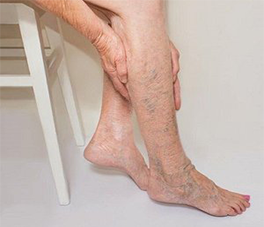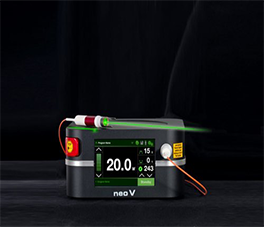Pulmonary Embolsim


Sudden blockage of a major artery in your lung. Usually due to a blood clot that develops in another part of your body, breaks off and travels in the blood stream into the lung where it blocks the pumping of your heart and prevents it from taking in oxygen.
The third most common cardiovascular disease after heart attack and stroke.
Pulmonary embolism is a medical emergency. If any of the symptoms below occur, seek immediate medical attention.
After the high-risk period has elapsed (roughly one week), blood clots in your lung will need months or years to completely resolve. You may develop pulmonary hypertension with life-long implications, including shortness of breath and exercise intolerance.
Symptoms usually begin suddenly and may include:
If you have recently had a blood clot in a leg or arm, you may experience:
A variety of risk factors contribute to the development of pulmonary embolism:

You will be asked questions about symptoms and medical history, including questions about family members. The vascular surgeon will also perform a physical exam.

In most cases, treatment is limited to medication that thins the blood.
If you have severe symptoms, treatment is typically provided in a hospital, where your condition can be closely monitored. In some cases it may be necessary to remove the clot to prevent shock, cardiac arrest or death.
Clot-busters are one way to immediately remove a clot. Clot busters are taken intravenously, through an IV in the arm (systemic thrombolysis) or through a long catheter (thin tube) that delivers them directly to a clot in the lung (Catheter Directed Thrombolysis).
Mechanical cardiopulmonary support and open surgery to physically remove the clot are the last resort treatment alternatives when other techniques have failed or are contraindicated.

If you have had pulmonary embolism once, you are more likely to have it again. Your vascular surgeon will recommend ways to prevent pulmonary embolisms in the future:
